Concord, Massachusetts was first settled by British pilgrims in 1635. The colonists eked out a living on land purchased from a local Native American tribe. Things took a dramatic turn in 1775 when British troops marched towards Concord planning to take control of the armory. But Paul Revere sounded the alarm on his famous ride out from Boston the night before. As a result, American militia ambushed the British, kick-starting the Revolutionary War. By the mid-1800s, a different sort of revolution was taking place. Concord had become a literary hub thanks to resident writers Ralph Waldo Emerson, Nathaniel Hawthorne, Louisa May Alcott, and Henry David Thoreau. They all embraced the philosophy of transcendentalism, and each would go on to alter the course of American literature forever.
Louisa May Alcott’s Orchard House
Little Women is one of the most beloved books in American history. A coming-of-age story about four teenage sisters – Meg, Jo, Beth, and Amy March – the novel explores love and loss as the sisters navigate the expectations and strict social norms of the 19th century. Louisa May Alcott based the story on her own family, casting herself in the role of Jo, an aspiring young writer and independent spirit. The novel is set at Orchard House, where the Alcott family lived for many years. Today the house is open for tours, allowing visitors to walk in the footsteps of the Little Women and imagine what Alcott and her three sisters’ real life was like.
The Wayside
Nathaniel Hawthorne lived nearby in a home he purchased from the Alcott family. The house is so close to the road Hawthorne joked it could be mistaken for a coach stop, hence his naming it “the Wayside.” Hawthorne and his family moved there in 1852, shortly after his most famous novel, The Scarlet Letter, was published. In addition to its place in the annals of literary history, the Wayside is also recognized as an official stop on the Underground Railroad. It is known that the Alcotts aided at least one runaway slave while they lived at the property.
Walden Pond
Henry David Thoreau put transcendentalism into practice by living in a cabin in the woods for two years. The cabin, which he built himself, was situated near the shore of Walden Pond. Thoreau wanted to live simply in nature and be completely self-reliant. He observed the passing of the seasons and learned the names of the flora and fauna surrounding him. At the end of his experience, Thoreau was inspired to write Walden; or, Life in the Woods. Today, visitors can walk in Thoreau’s footsteps on a path around the pond and see a replica of his cabin. Aside from a tour group from Taiwan, I didn’t pass many other people on the trail. Though I did spot a few hardy locals swimming in the frigid water.
The Old Manse
Ralph Waldo Emerson was the leading member of the Concord literati. His most famous essay, “Nature,” introduced Emerson’s belief that God was within all living things, the central tenet of transcendentalism. He penned the essay at his family home, affectionately called the Old Manse. Emerson and his friends, including Hawthorne and Thoreau, would gather here to discuss their ideas. The place was so special to Hawthorne, he got married there and named his first collection of short stories “Mosses from an Old Manse.”
From an upstairs window of the Old Manse, Emerson’s father witnessed the 1775 attack which took place on the adjacent Old North Bridge. Emerson’s “Concord Hymn” was perhaps inspired by the retelling of this bit of family lore:
By the rude bridge that arched the flood
Their flag to April's breeze unfurled
Here once the embattled farmers stood
And fired the shot heard 'round the world
Minute Man National Park
After years of resentment towards British taxation and government policies, the colonials trained themselves in military strategy and tactics for the inevitable battle to come. The militia was so well-prepared that they could deploy on a moment’s notice, which earned them the nickname “minutemen.” When word came from Paul Revere that the Redcoats were coming, the minutemen were ready to face them. The British shot and killed two men, and the colonial militia returned fire – an act of treason against the British crown. The outnumbered Redcoats soon retreated to nearby Lexington where the Revolutionary War began in earnest. A minute man statue now stands next to a replica of the Old North Bridge where the gunfire was exchanged.
Sleepy Hollow Cemetery
Emerson, Thoreau, Alcott, and Hawthorne are all buried in Concord’s Sleepy Hollow Cemetery. They lay together in a part of the cemetery called Author’s Ridge. Though they are located within their family plots, the graves are easy to find. Look for the pens and pencils left by students and aspiring writers for their literary heroes.
Ready to take a literary tour of Concord, Massachusetts?
PIN IT!
Interested in more of the area’s literary history? Check out my guide to the Berkshires. It features The Mount, home of acclaimed author Edith Wharton.
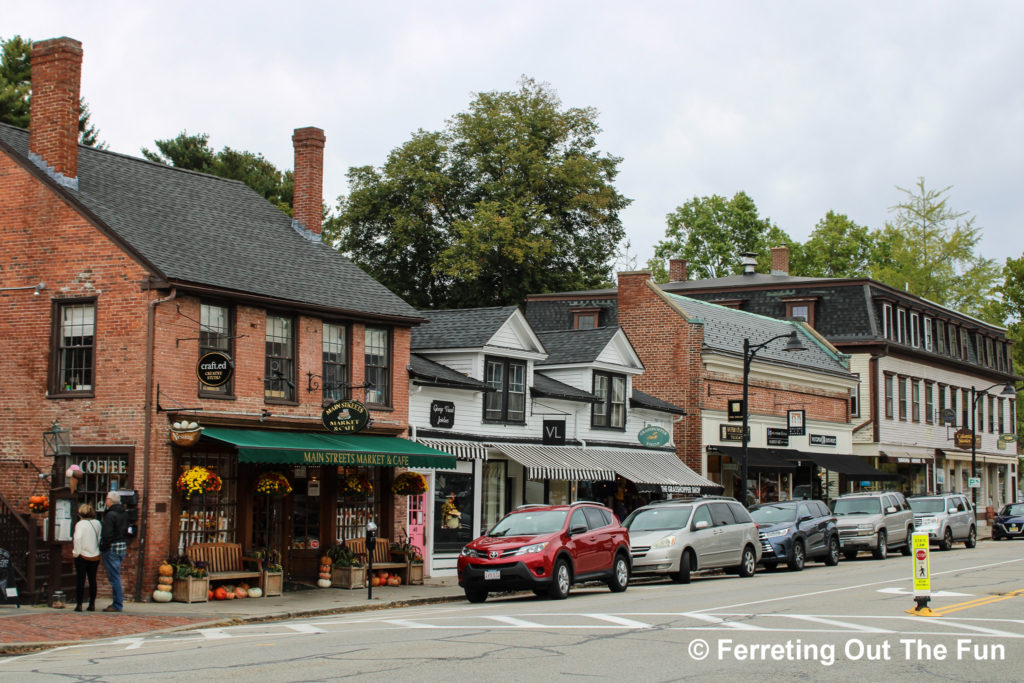
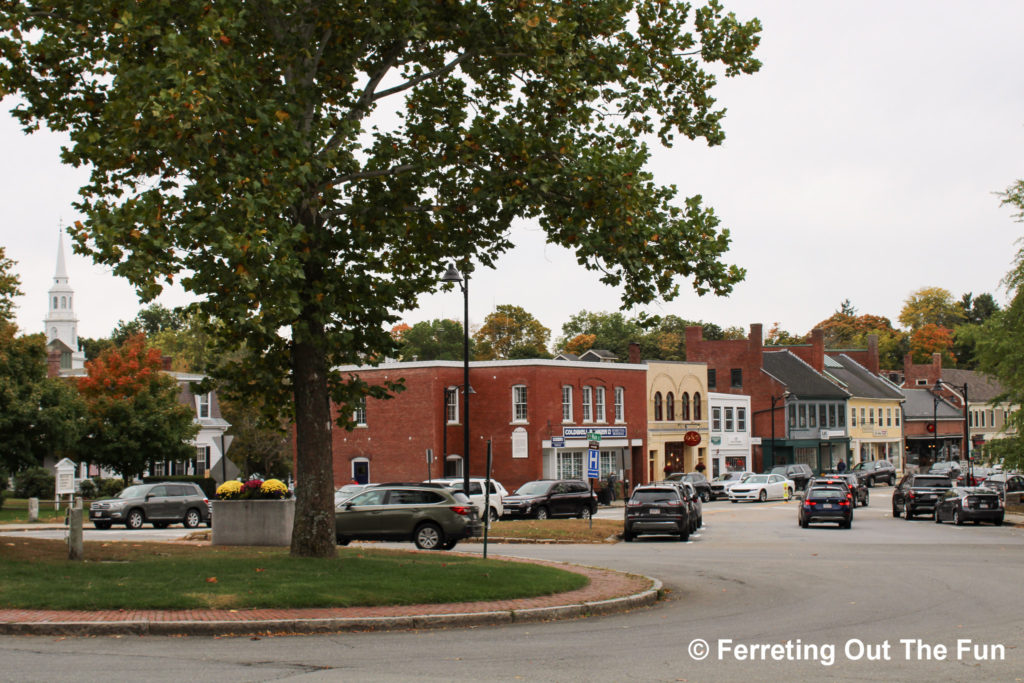
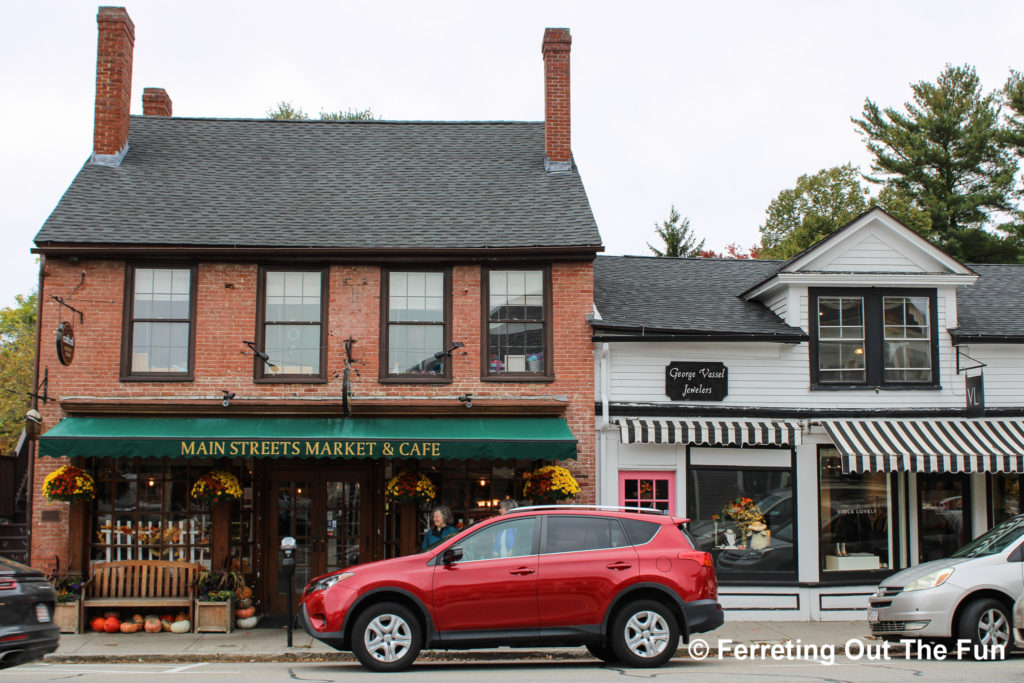
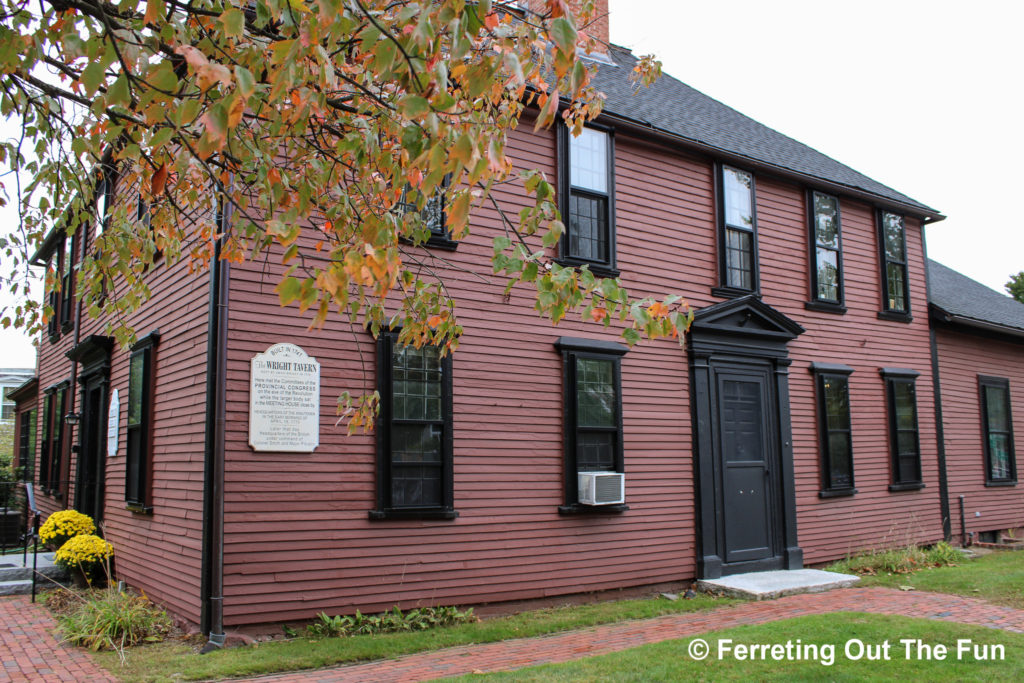
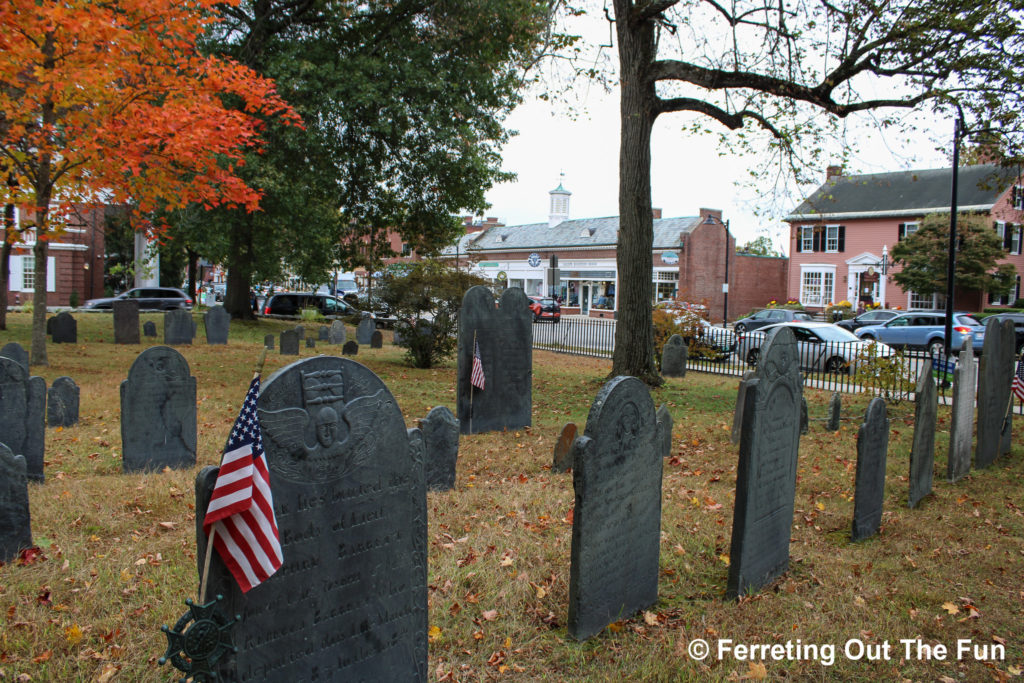
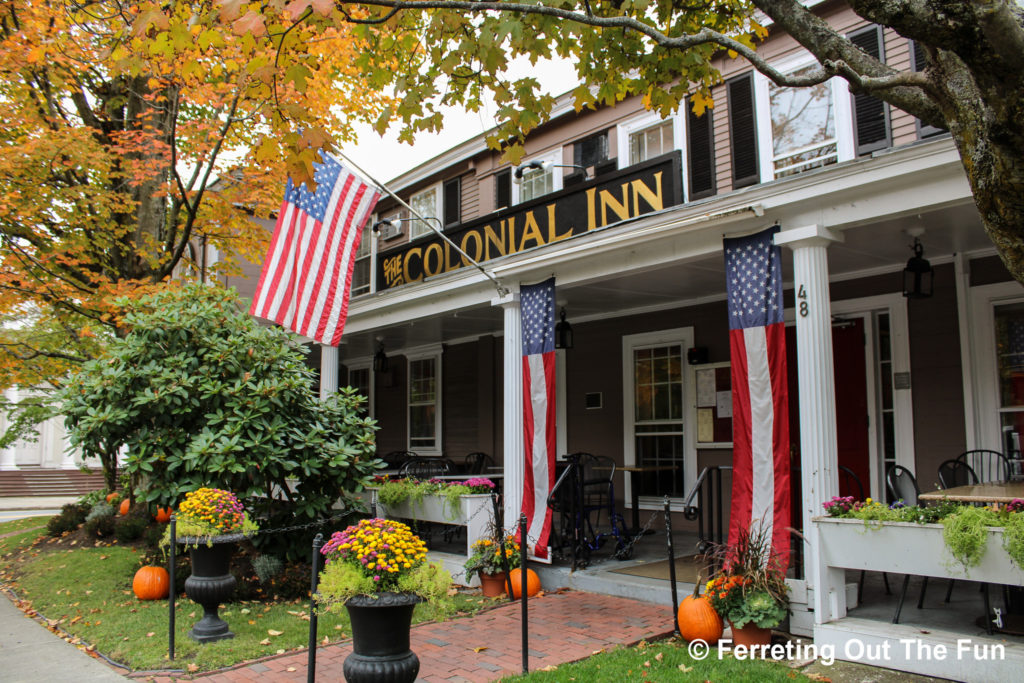
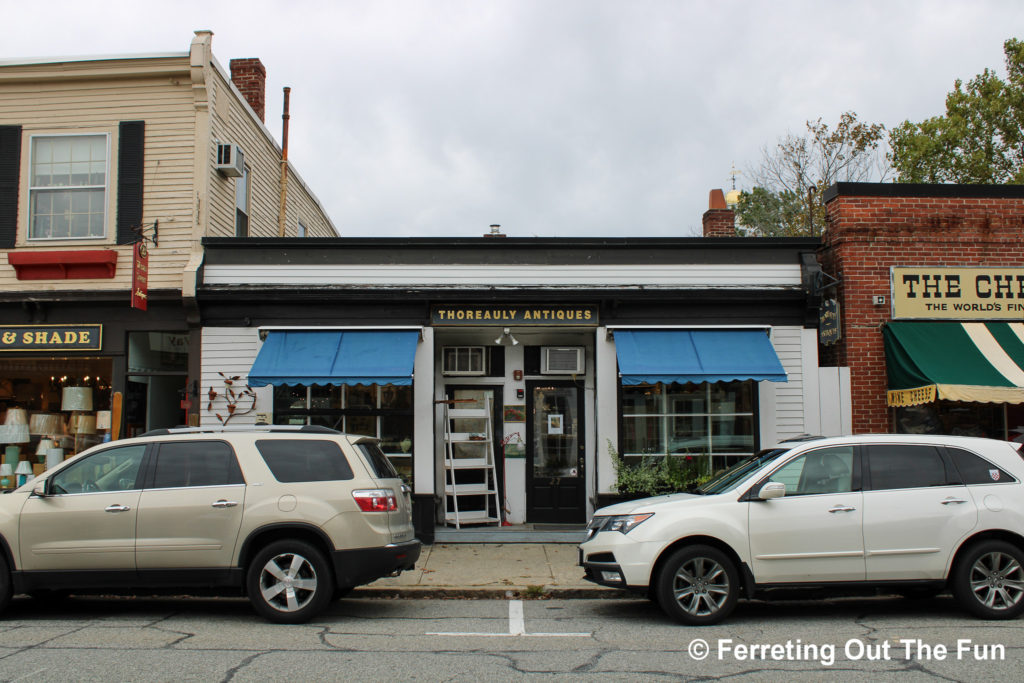
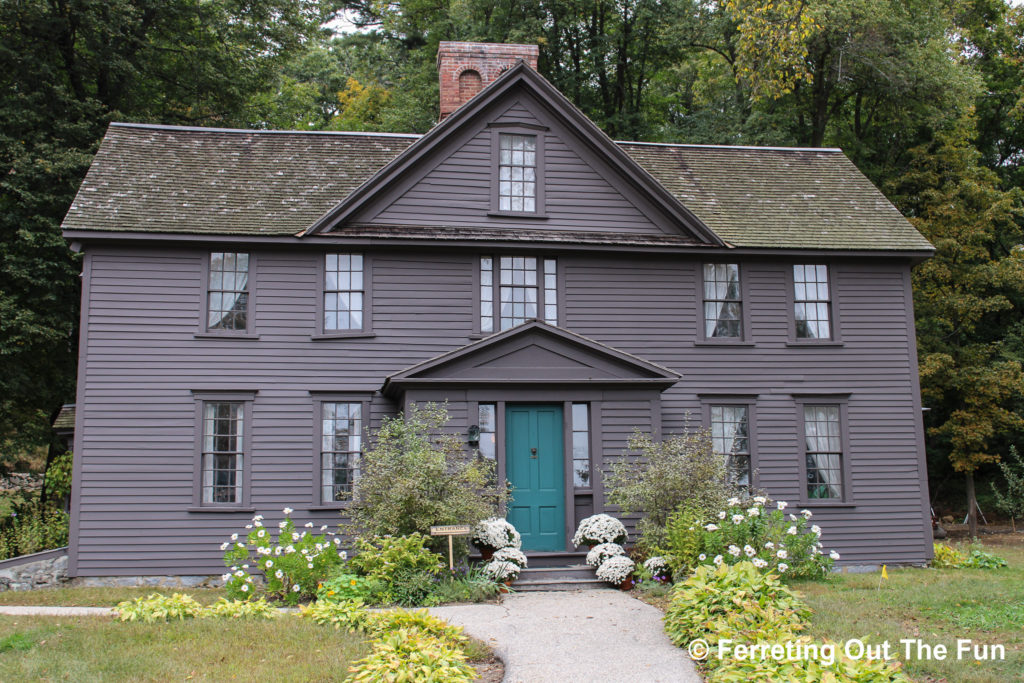
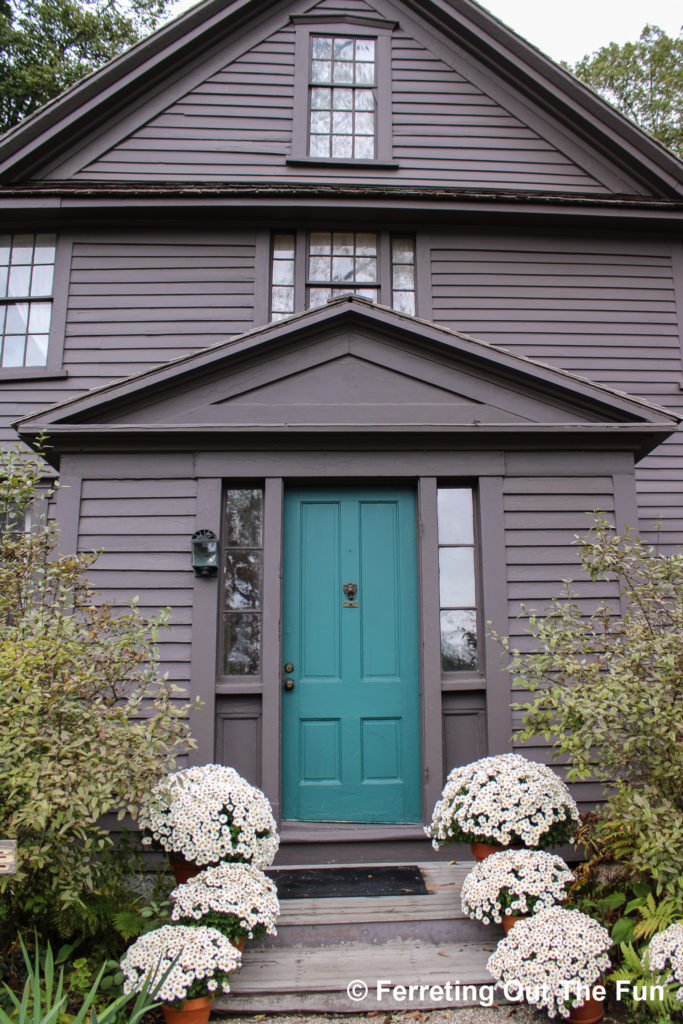
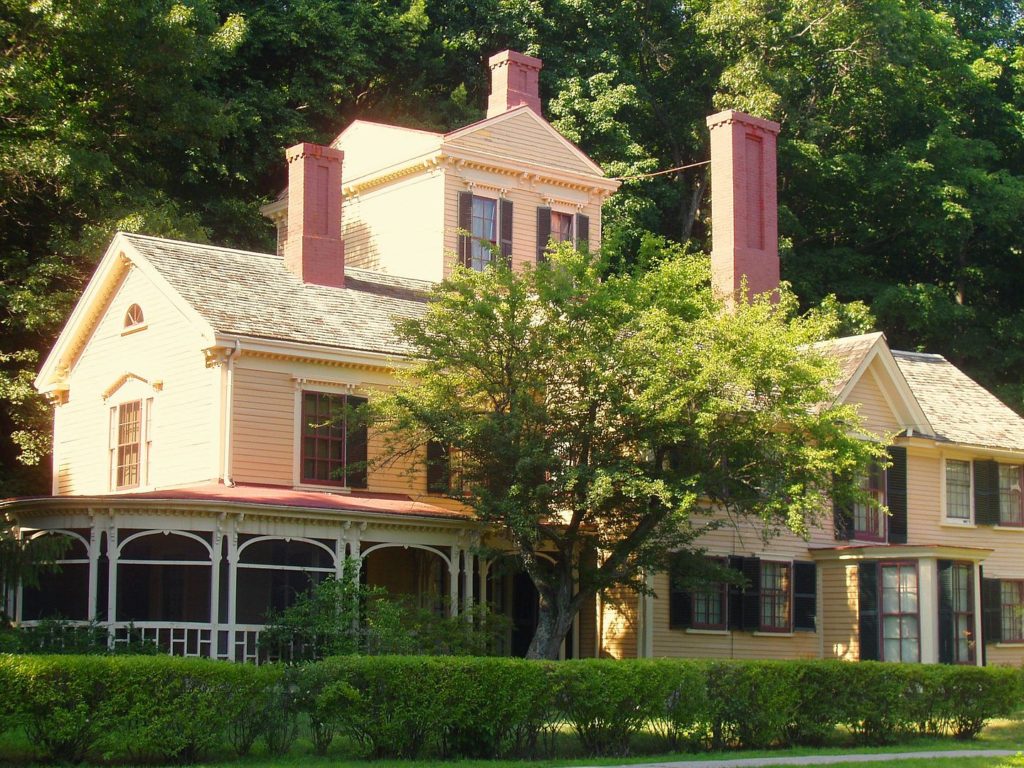
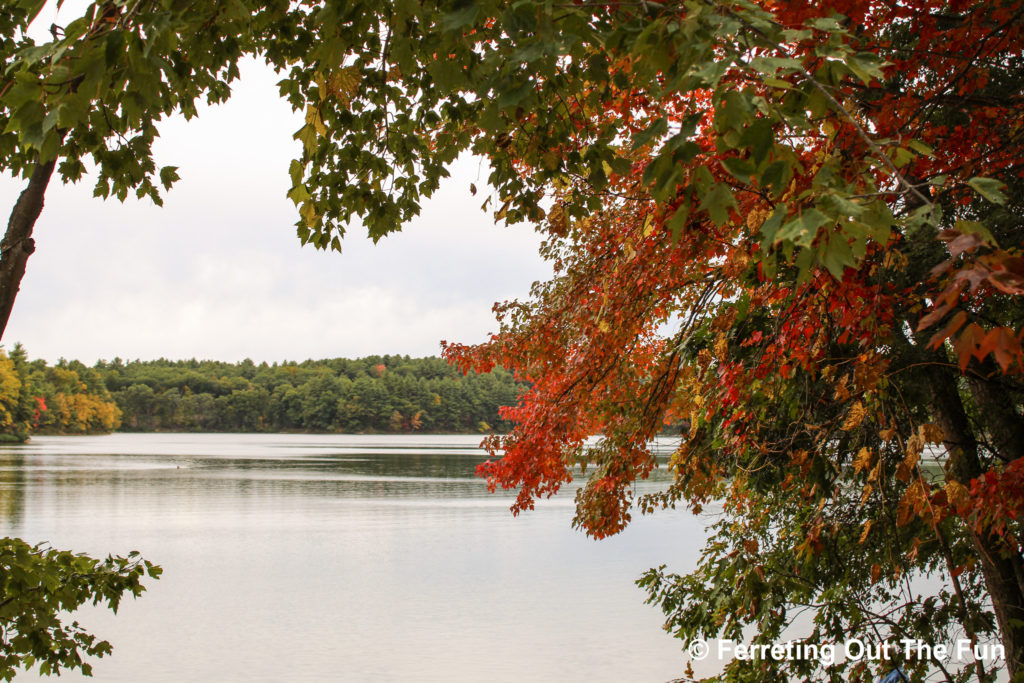
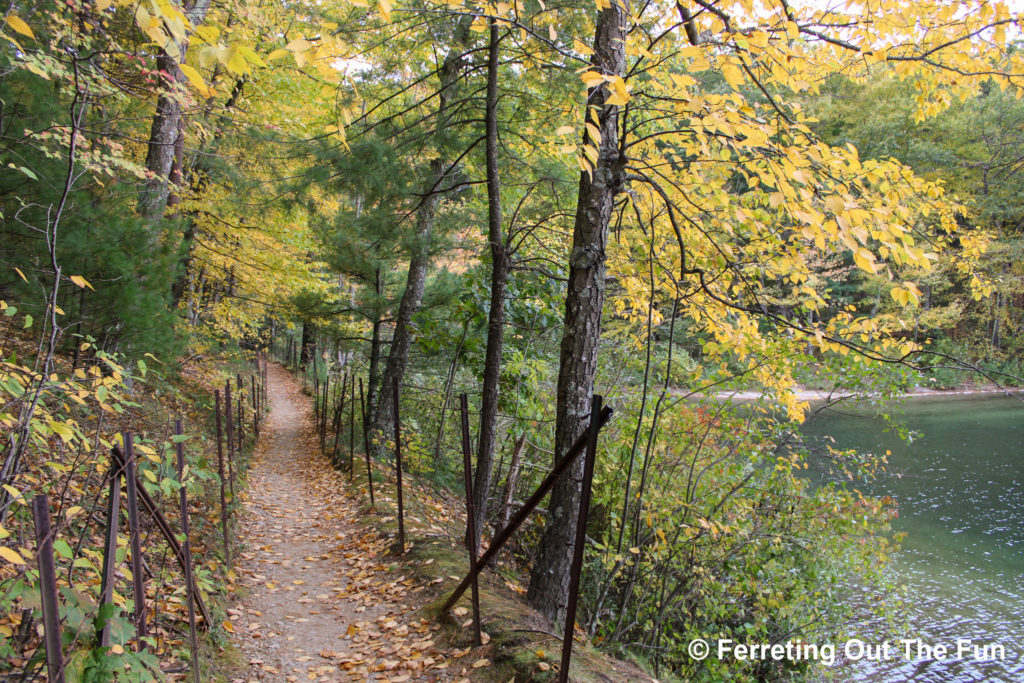
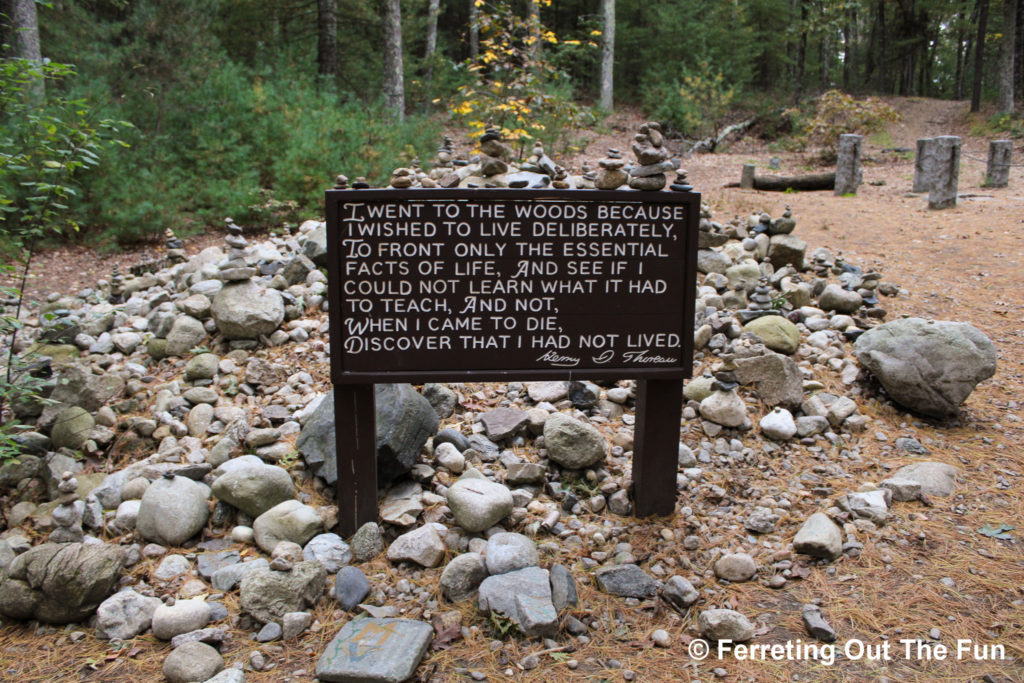
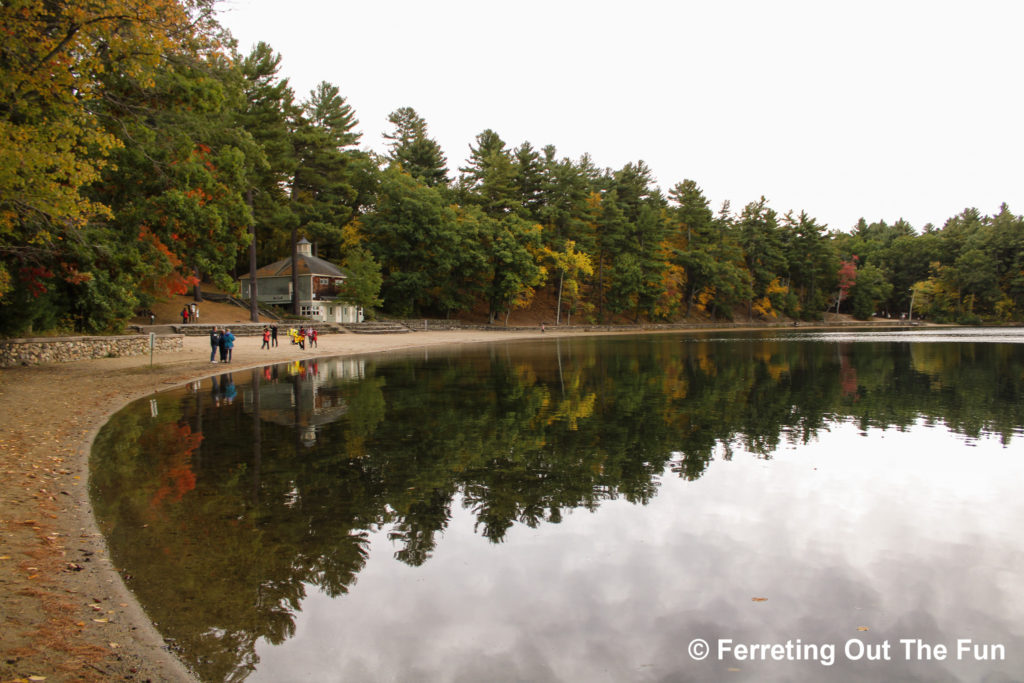
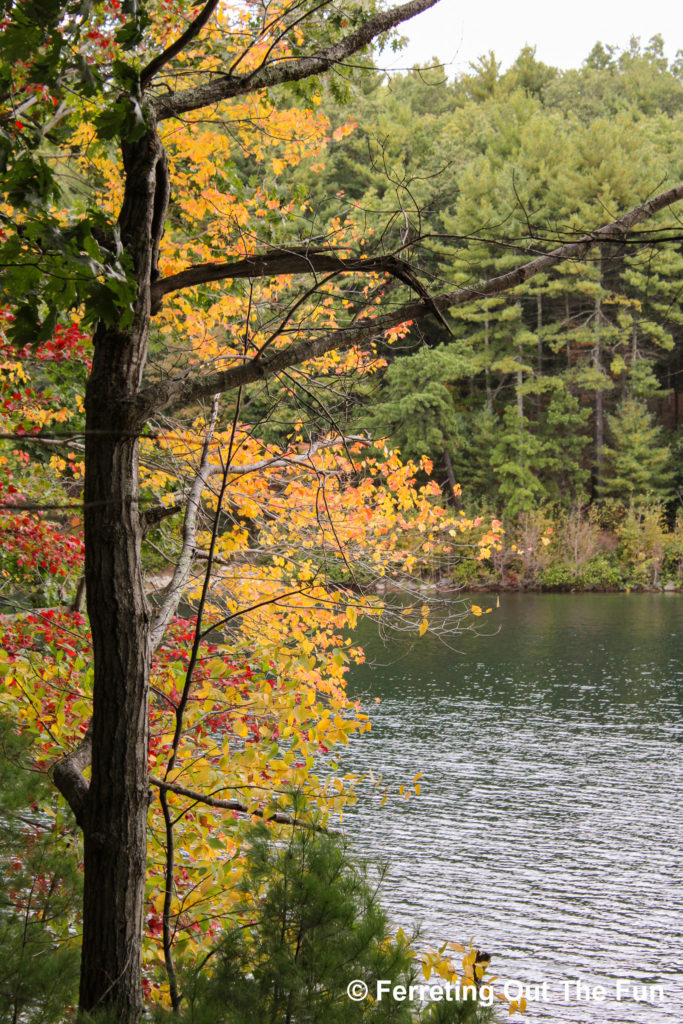
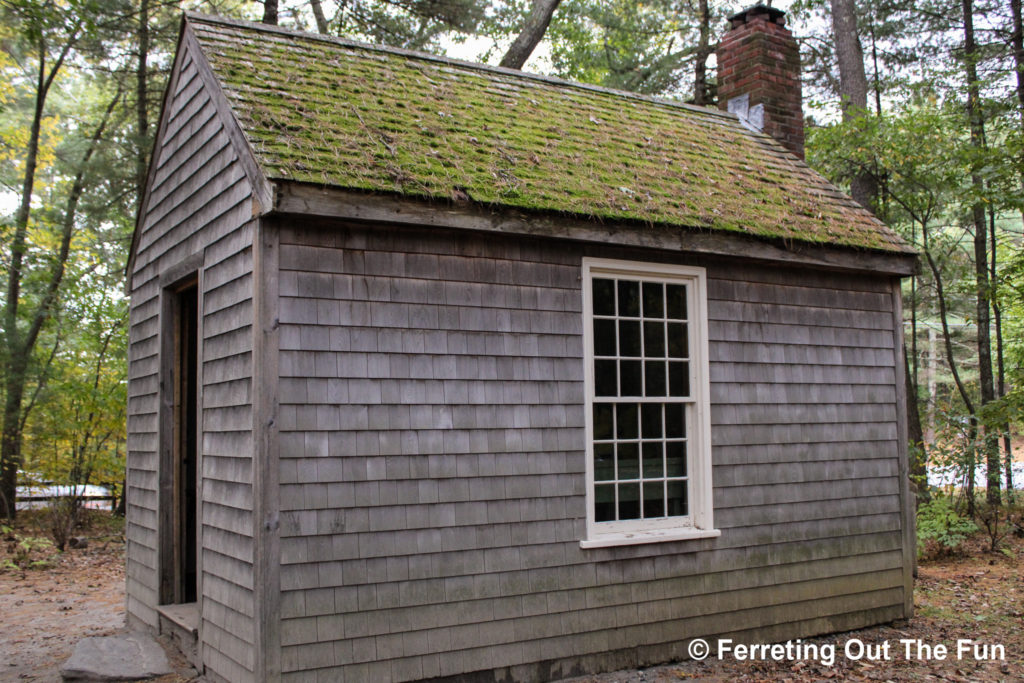
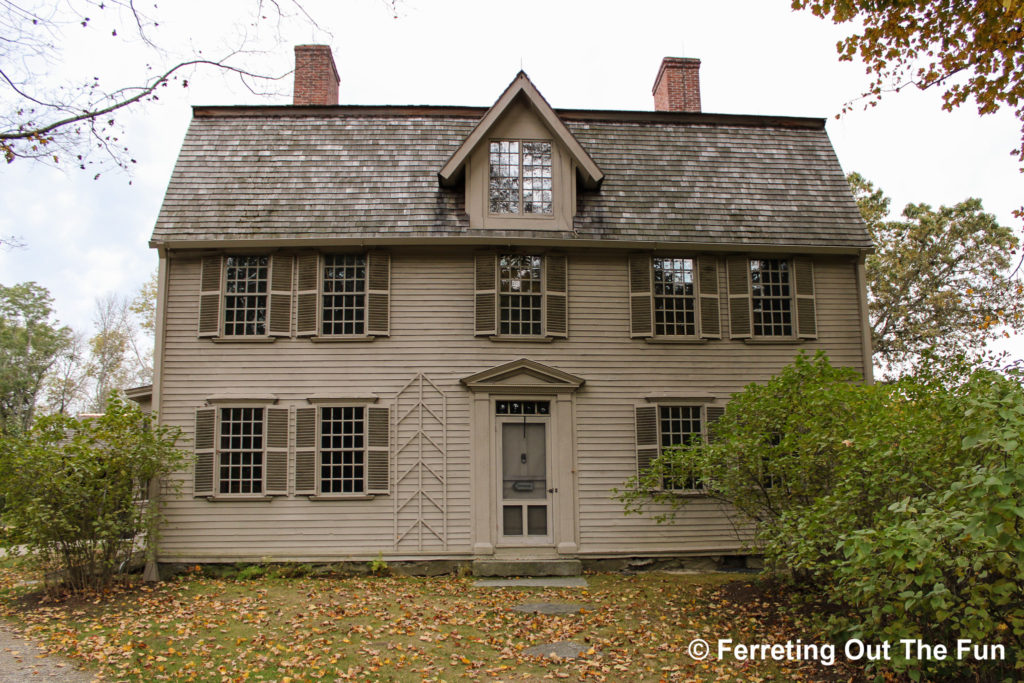
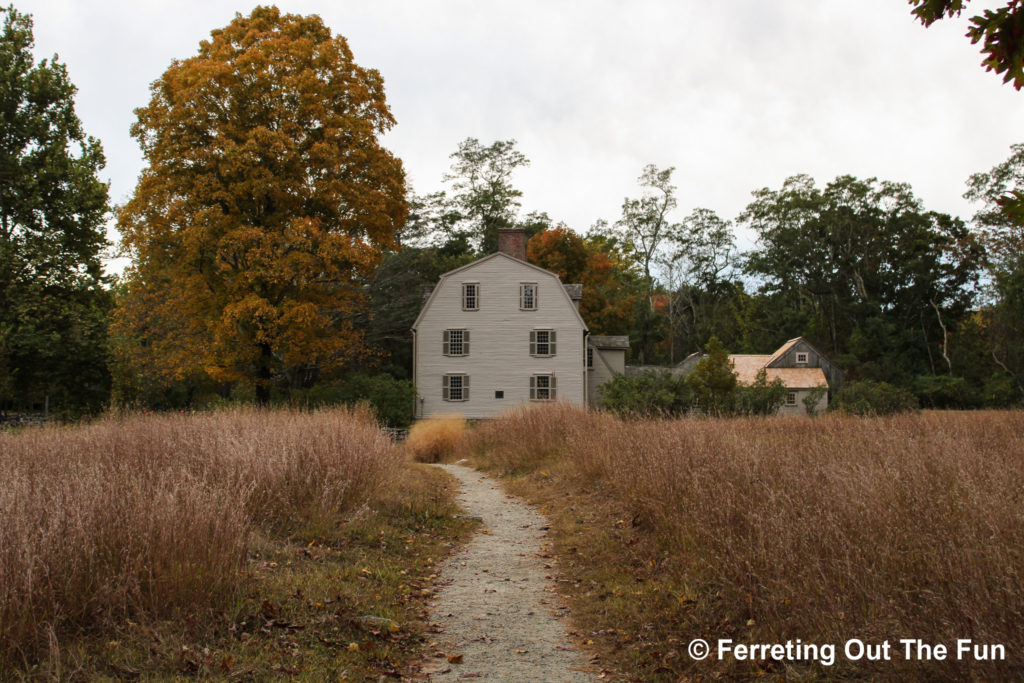
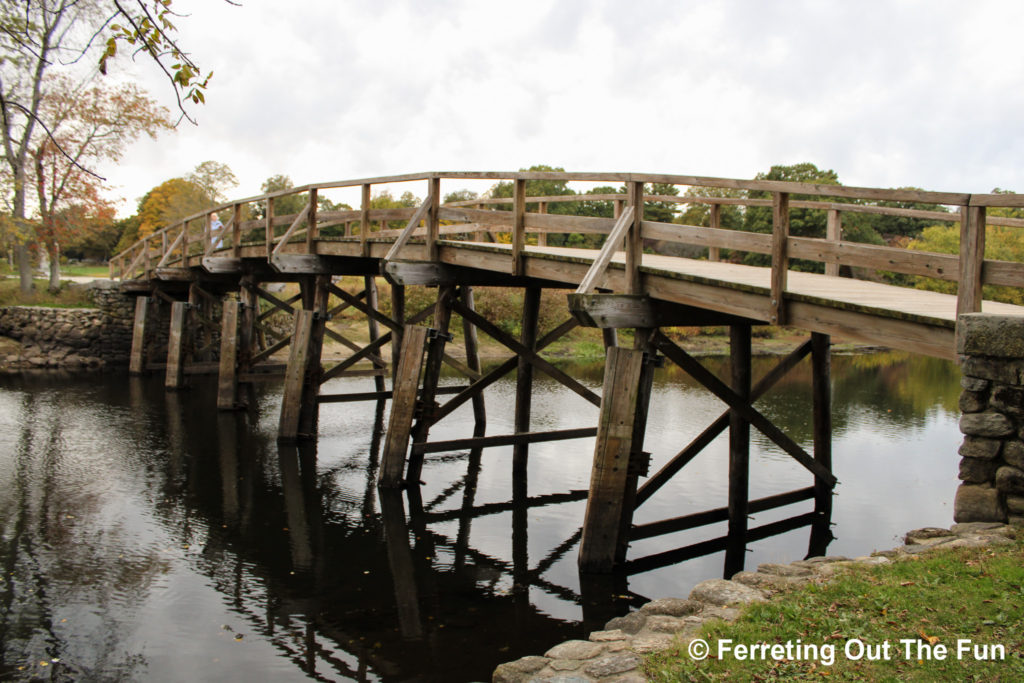
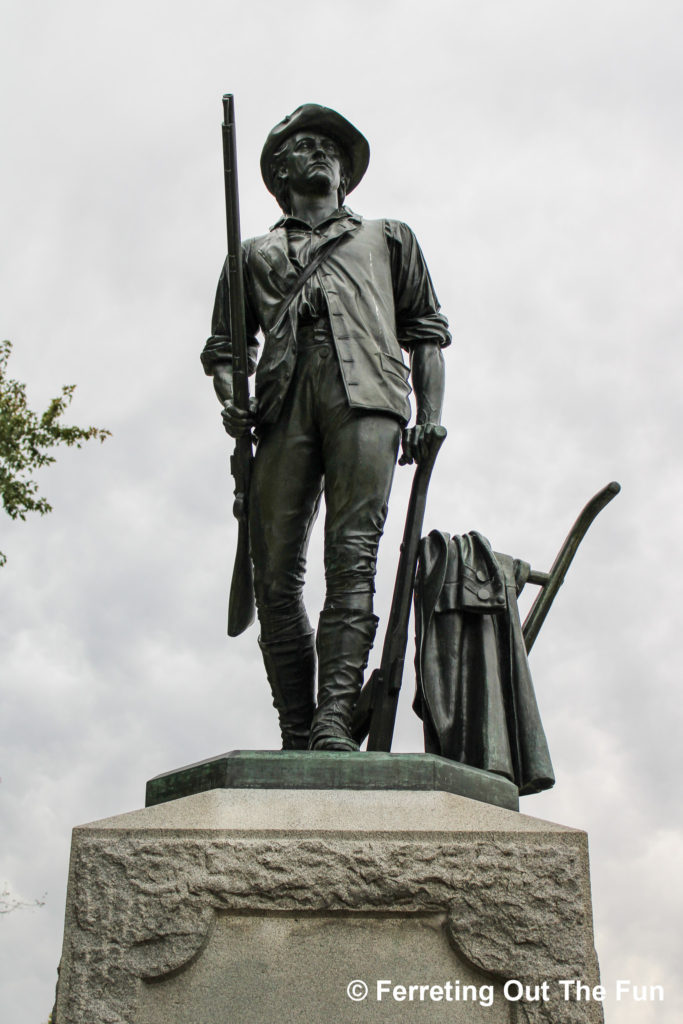
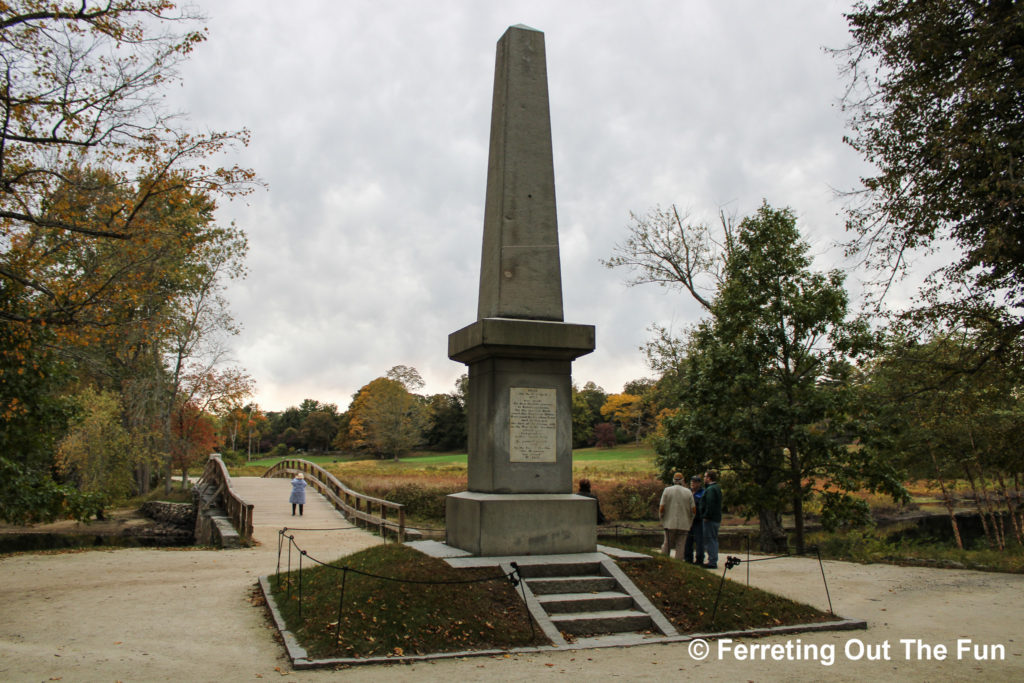
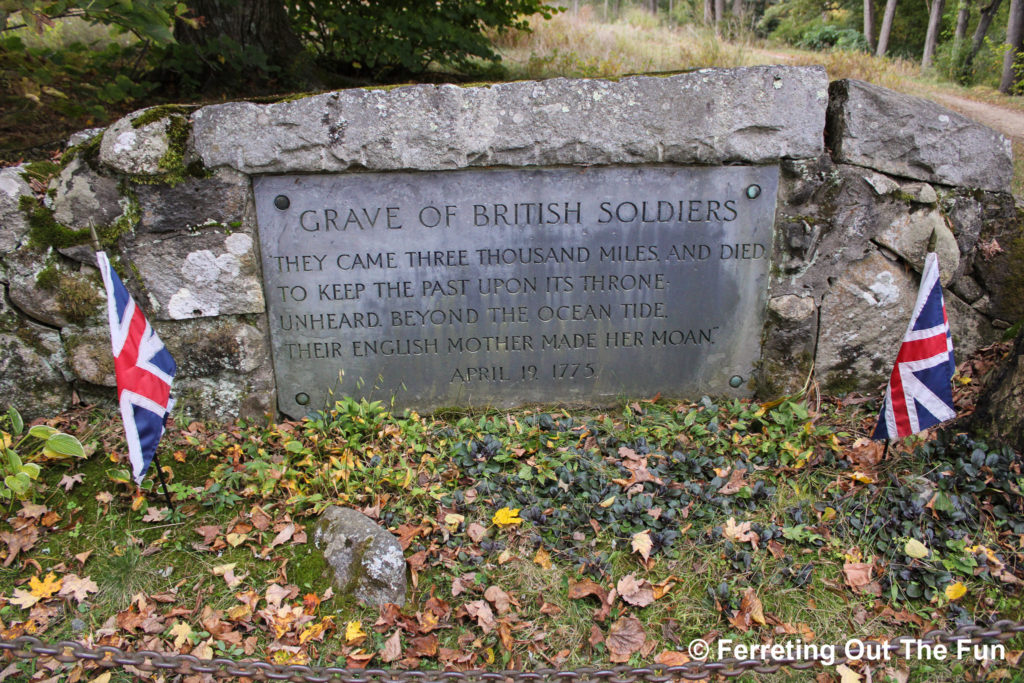
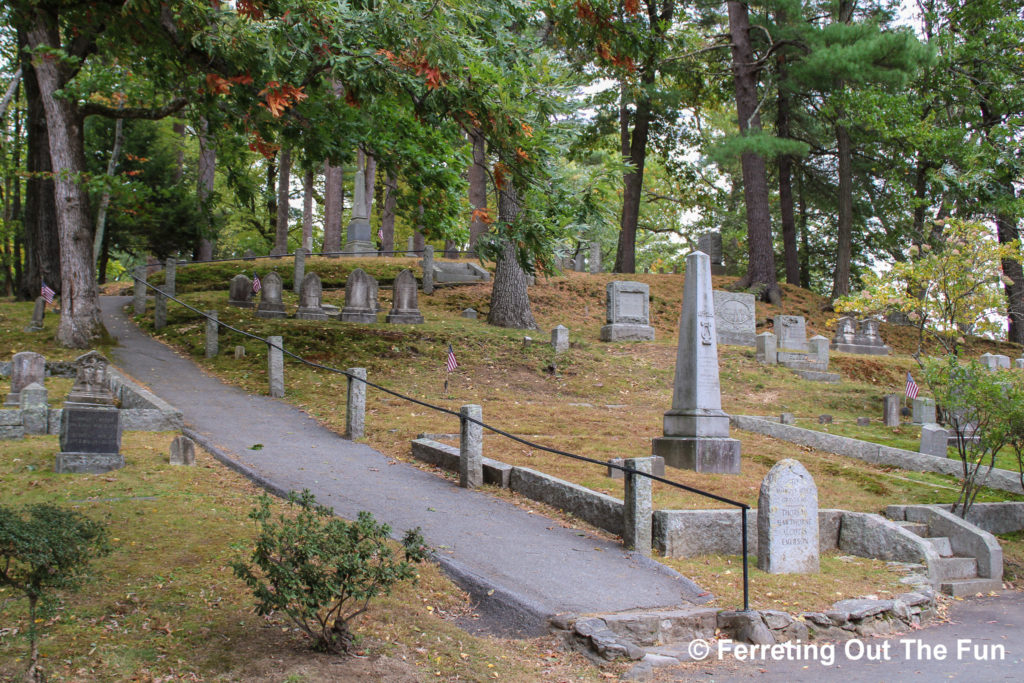
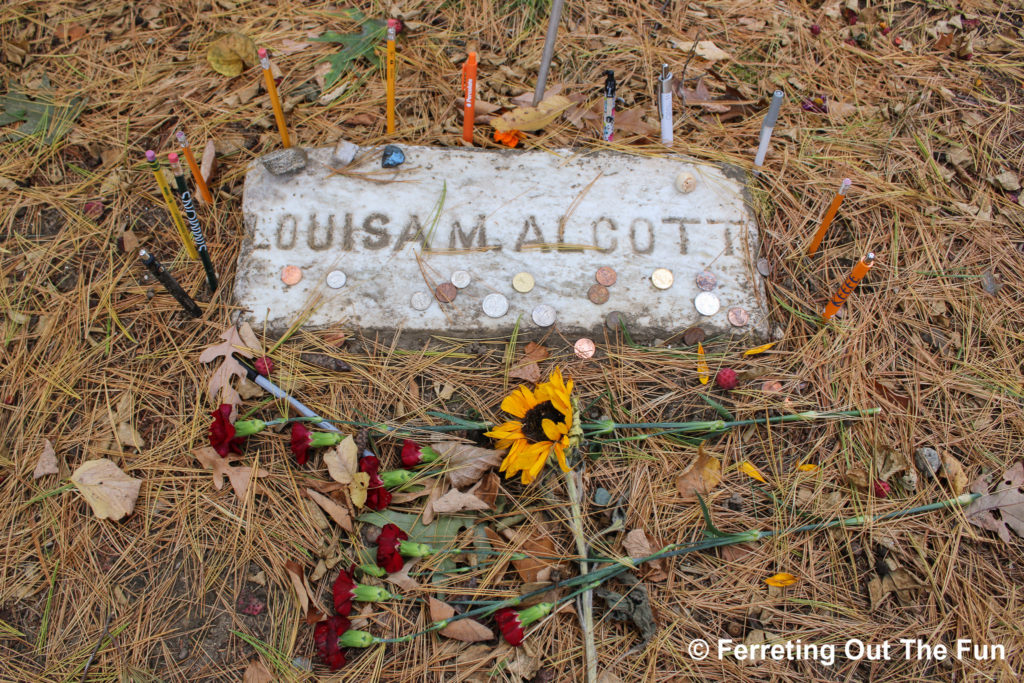
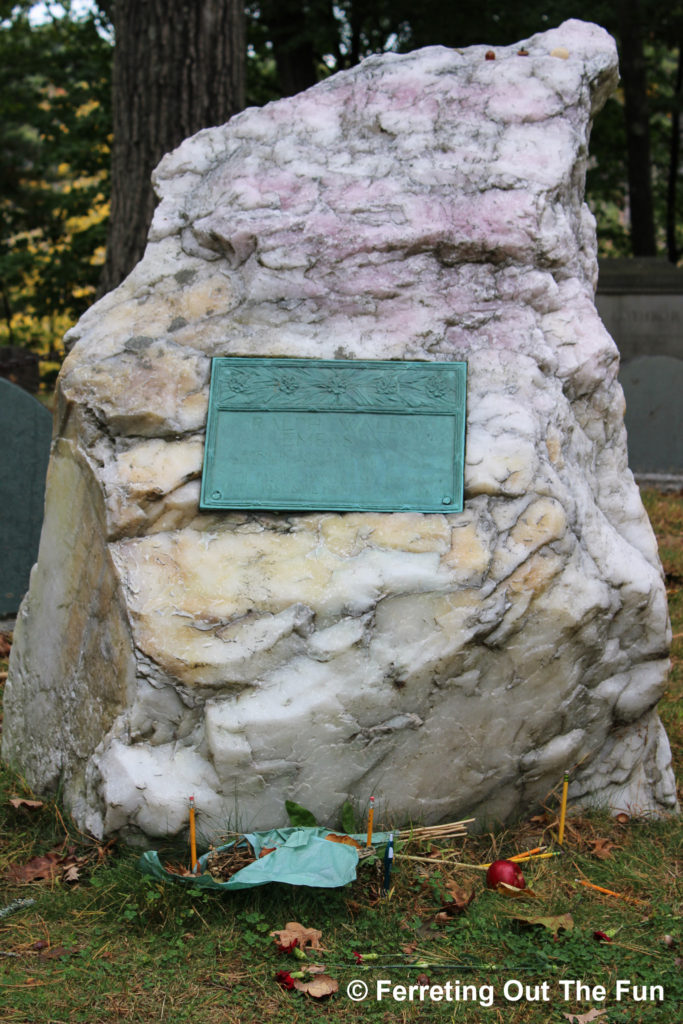
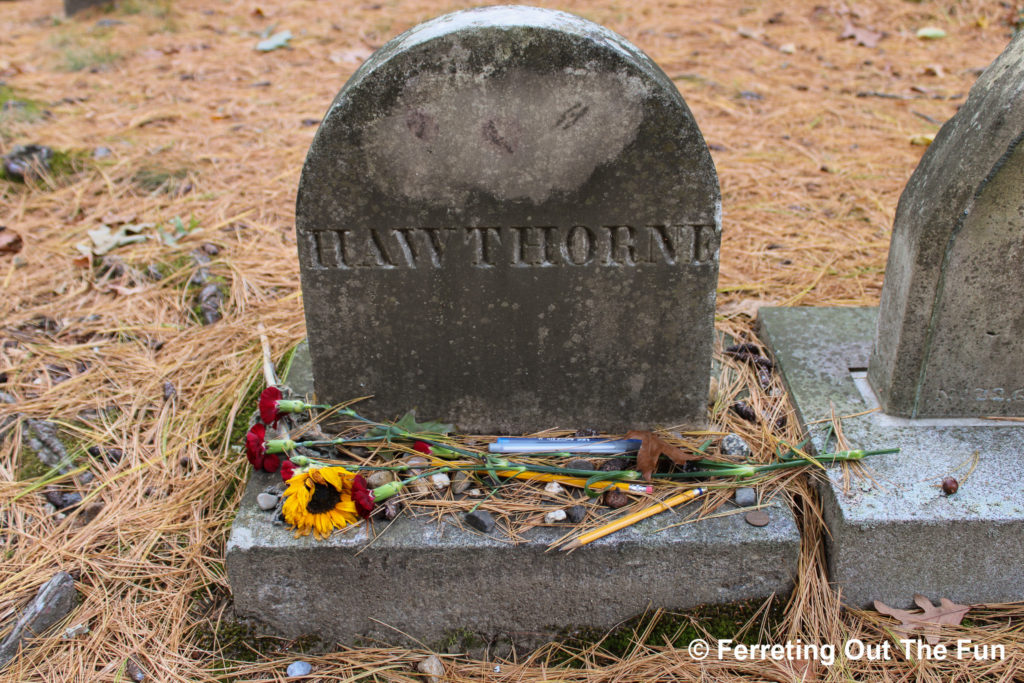
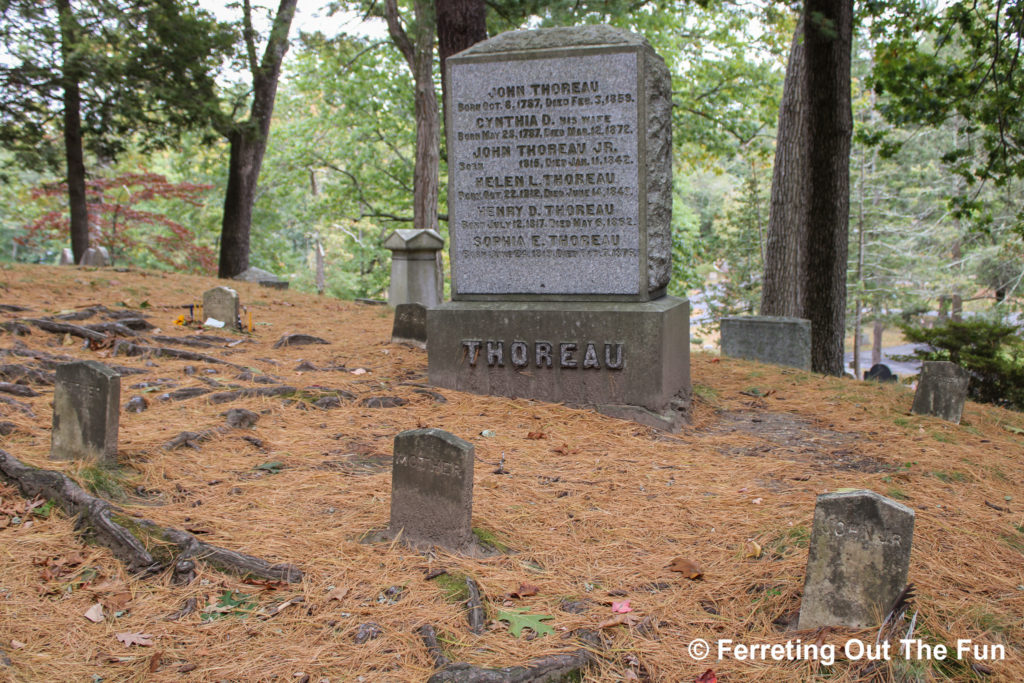
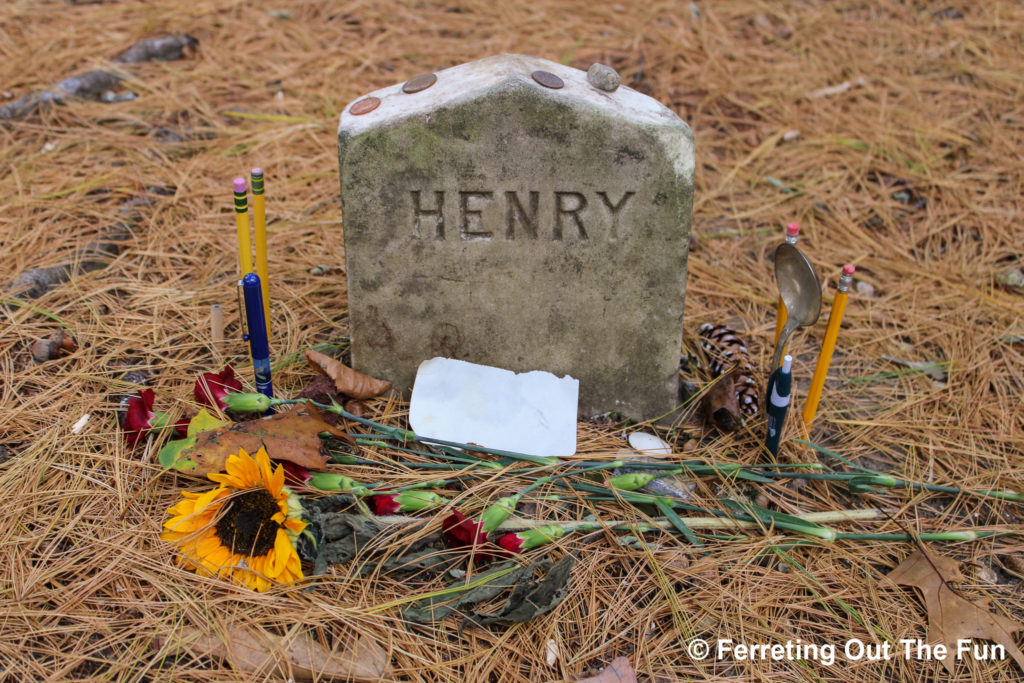
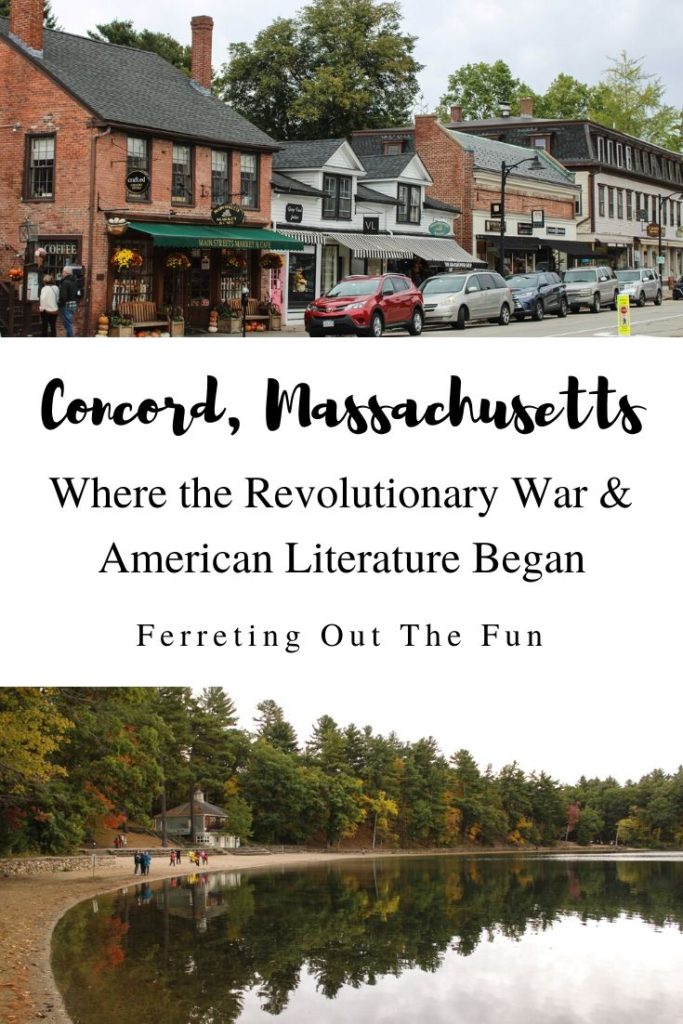
I loved this part of our trip a lot. The Alcott home tour was great. Really bought the book Little Women to life. Concord is such a cute town. Had some really good food there. I liked all the history too.
Re: June 17 and 18 a day trip to Concord guide requested
Hello,
I hope all is well with you.
I will be on a site inspection tour of the east coast and would love a tour of that includes the inside of the following homes:
Emerson Old Mase
https://visitconcord.org/listings/the-old-manse/
and
https://rwema.org/visit-the-emerson-house
Henry David Thoreau Walking Tour no website must call (978) 318-3061.
His home and of course Walden Pond
Louisa May Alcott and Nathaniel Hawthorne
The wayside
https://www.nps.gov/mima/learn/historyculture/thewayside.htm
Margret Fuller’s School and Home
https://www.bwht.org/explore/brook-farm/
Sleep Hollow Cemetery
Can you help with this tour? I will be with a friend in Boston for only 2 days June 17 and 18 doing research for a client who wishes to tour this area with group of travelers who will be studying these folks.
Thank you, for your time and consideration.
All the best,
Rosemary
PS if you do not specialize in these Transcendentalists or can you recommend me to someone who can assist?